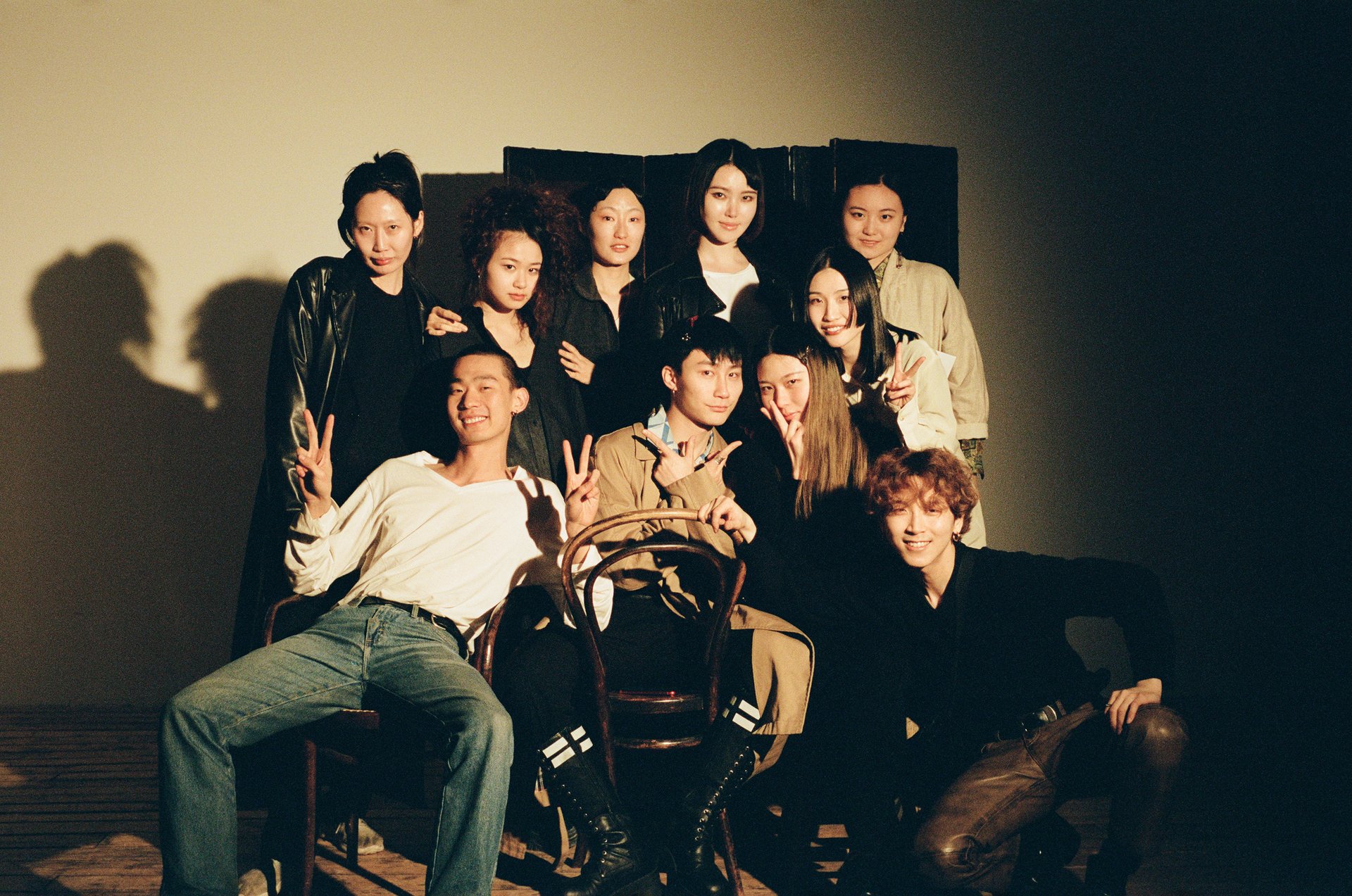Designer Yayi Chen was born and raised in Madrid, Spain to immigrant parents who originated from Southern China. Being immersed in two distinct cultures of different intrinsic values, she found her passion in challenging fashion norms by exploring women with multicultural identities. After Parsons School of Design and Central Saint Martins, Chen introduced her graduate collection, “in tran · sient,” which included symbolic elements of Chinese restaurant interiors as well as references to a Spanish mantilla — demonstrating her multicultural identity. Here, Chen tells us how she stays true to her dual heritage and her advice for students and emerging designers on how to find their own voices.
Yayi, tell us more about yourself.
I am a fashion designer and artist currently based in New York City. Through my research and creation, I envision to challenge the traditional interpretations of fashion by exploring women with multicultural identities as seen throughout history, hoping to raise awareness on more women minorities under globalization.
I was born and raised in Madrid, Spain, in a traditional Chinese immigrant family originated from the Southern part of China. Similar to many other second and third generation immigrants from 90s Europe, I grew up spending most of my childhood time in their working space, the Chinese restaurant. After I was eight, I began to live and study back and forth between Shanghai and Madrid following. I came to New York City in 2014, alone, to begin my university studies and pursue my design career.
Does your family have any traditions that are especially important to you?
Owning a family-oriented business like a restaurant required my family to work as a whole. Maintaining a harmonious and supportive relationship to sustain the same career burden between family members was the key tradition for most families at that time. The sad part was, I eventually realized that this tradition became the constraint and sacrifice to the personal aspirations of members within many immigrant families. Luckily, my career choices were always respected by my parents
Are there any specific past instances tied to your heritage that have influenced you today?
My family always insisted I learn their mother tongue, Chinese, both language and its culture. They believed that one should never forget one’s roots. I remember they always sent me to weekend schools organized by Chinese immigrant communities in Spain. I refused in the very beginning, but today, I am very thankful for my trilingual upbringing and learning experience which gave me the opportunity to appreciate and question the values and art forms from very distinct cultures.





